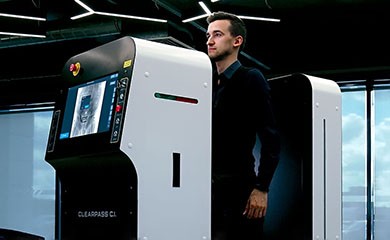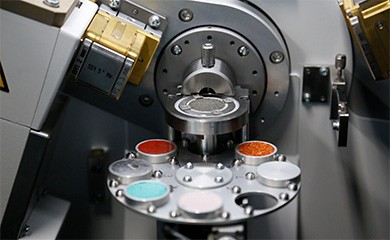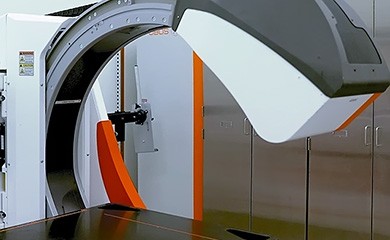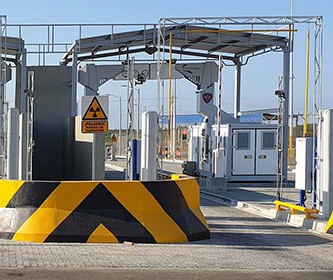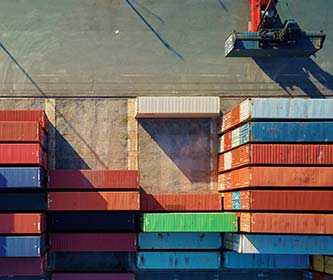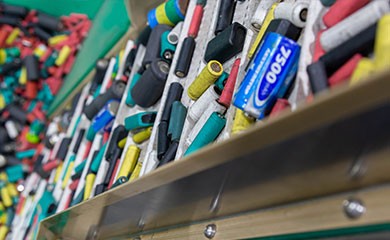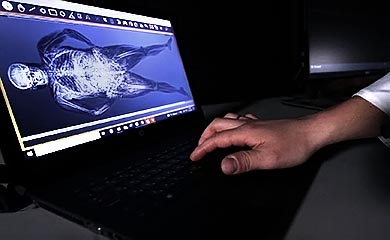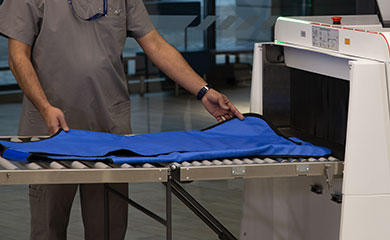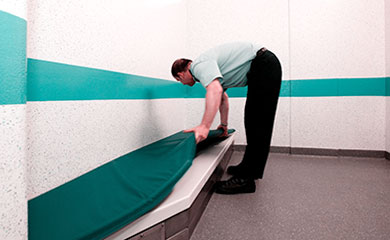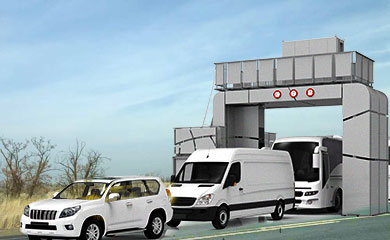
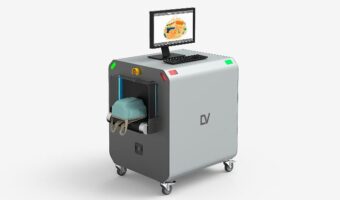
Small parcels and baggage inspection · AI-powered threat detection · Remote monitoring
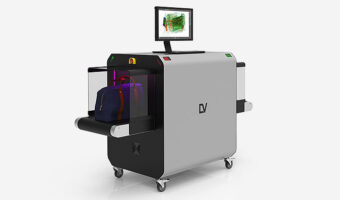
Small baggage inspection · AI-powered threat detection · Remote monitoring
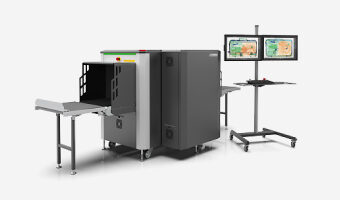
Small and medium sized baggage inspection · Improved detection by Dual View · AI-powered threat detection · Remote monitoring
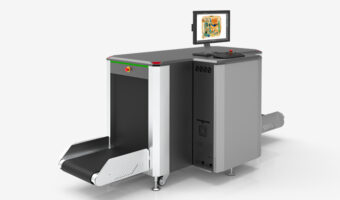
Medium sized check-in baggage inspection · AI-powered threat detection · Remote monitoring
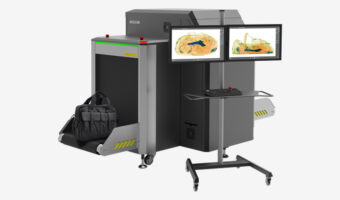
Mid-sized baggage inspection · Improved detection by Dual View · AI-powered threat detection · Remote monitoring
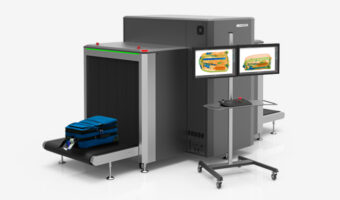
Large baggage and small cargo inspection · Improved detection by Dual View · AI-powered threat detection · Remote monitoring
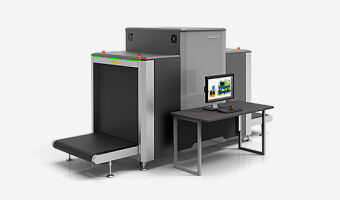
Universal large baggage and small cargo inspection · AI-powered threat detection · Remote monitoring
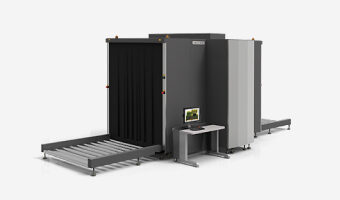
Heavy baggage, large packages and mid-sized cargo inspection · AI-powered threat detection · Remote monitoring
An X-ray scanner machine for mail is a security screening tool designed to examine the contents of packages, parcels, envelopes, and luggage. It uses X-ray technology to produce images of the items, enabling security personnel to detect potential threats or prohibited items.
There are several advantages to using X-ray scanners for mail and envelopes, including:

X-ray scanners can detect hidden threats such as explosives, weapons, and contraband that may be concealed within mail and envelopes, helping to prevent potential harm or illegal activities.

X-ray scanners enable quick and efficient screening of large volumes of mail and packages, reducing processing time and expediting the delivery process.

X-ray scanners provide a non-invasive method of inspecting mail and envelopes, minimizing the need for physical handling and potential damage to the contents.

X-ray scanners can be used to inspect a wide range of mail and package sizes and types, making them suitable for various applications, including postal facilities, government buildings, and corporate mailrooms.

Many X-ray scanners offer adjustable settings to accommodate various types and sizes of mail and packages, providing flexibility in screening different items effectively.

Using X-ray scanners for mail and envelopes helps organizations comply with security regulations and standards, ensuring a safe and secure mail-handling process.
When choosing a mail X-ray screening system, consider the following factors to ensure that it meets your organization’s specific needs:
Assess the volume of mail and packages that need to be screened daily to determine the required throughput capacity of the X-ray mail screening machine. Choose a system that can handle the anticipated workload efficiently.
Consider the range of sizes and weights of mail and packages that will be processed. Select an X-ray mail scanner with a suitable tunnel size and weight capacity to accommodate the items typically encountered.
Evaluate the image resolution and clarity produced by the mail X-ray scanner machines. Look for a system that provides high-quality, detailed images for accurate inspection of contents.
Ensure that the X-ray mail inspection system is equipped with advanced threat detection features to identify explosives, weapons, drugs, and other prohibited items effectively.
Choose a system with user-friendly interfaces and intuitive controls to facilitate efficient operation by staff members responsible for mail screening.
If applicable, consider whether the mail X-ray machines can seamlessly integrate with existing security infrastructure, such as access control systems or video surveillance.
Assess the availability of technical support, maintenance services, and spare parts for the X-ray screening system to ensure ongoing reliability and performance.
If needed, look for X-ray mail screening devices that offer customizable settings and features to adapt to specific mail handling requirements unique to your organization.
The fastest way to hear back from us is to fill the contact form below. Our appropriate department will get back to you depending on your inquiry as soon as possible.
Get mail X-ray machines
X-ray mail scanners are capable of producing detailed images that allow operators to see the contents of mail and packages. Some of the items and materials that can be identified on X-ray mail scanners include:
- Organic and Inorganic Materials: X-ray scanners can detect the presence of both organic materials (such as paper, fabric, and food items) and inorganic materials (such as metal, plastic, ceramics, and glass).
- Weapons and Firearms: X-ray images can reveal the shapes and outlines of firearms, knives, and other weapons concealed within mail or packages.
- Explosives and Incendiary Devices: X-ray scanners are designed to identify the characteristic shapes and components of explosive materials and incendiary devices.
- Drugs and Narcotics: Illicit substances, such as drugs and narcotics, can be detected based on their density and appearance in X-ray images.
- Contraband Items: X-ray scanners can help identify prohibited items, such as currency, counterfeit goods, and unauthorized electronics.
- Suspicious Objects: Operators can use X-ray images to identify any suspicious or unusual objects that may pose a security risk.
- Concealed Contraband: X-ray scanners can reveal attempts to conceal items within the structure of mail or packages, such as hidden compartments or false bottoms.
- Foreign Objects: X-ray images can detect foreign objects or contaminants that may have been introduced into mail or packages.
By providing a clear view of the contents of mail and packages, X-ray scanners enable security personnel to identify potential threats, contraband, or prohibited items, thereby enhancing overall security measures within facilities that handle incoming mail and packages.
Various factors, such as system capabilities, size, capacity, technology, regulatory compliance, and maintenance and support expenses, influence the cost of mail X-ray inspection systems. Additional costs may arise if customization or integration with existing security infrastructure is needed, leading to engineering, installation, and integration services expenses.
